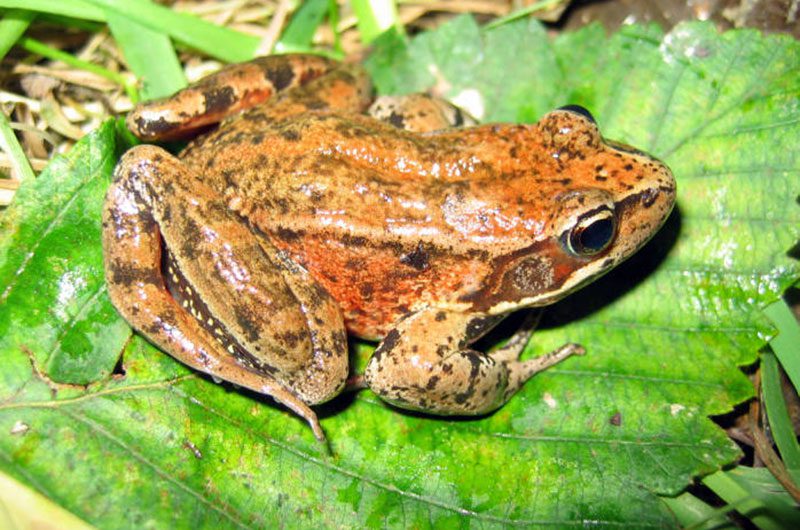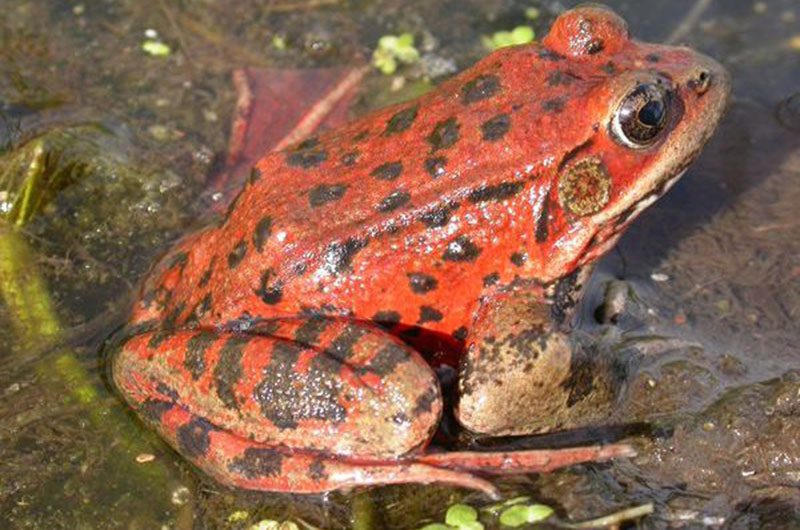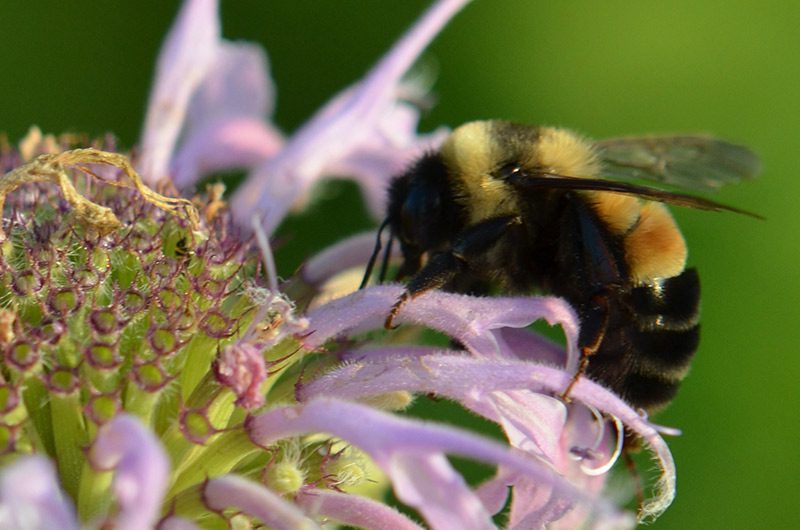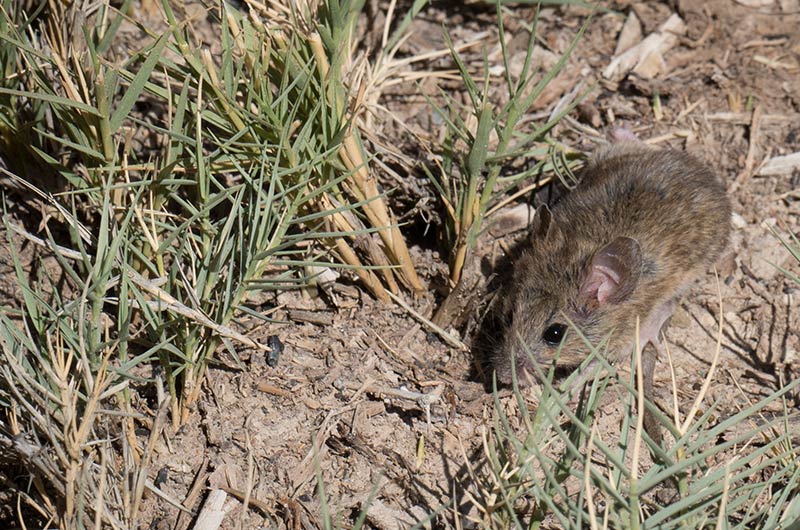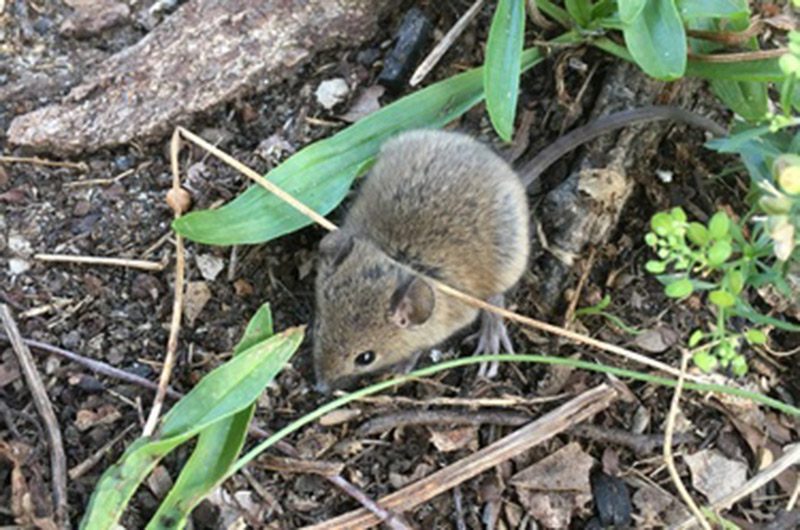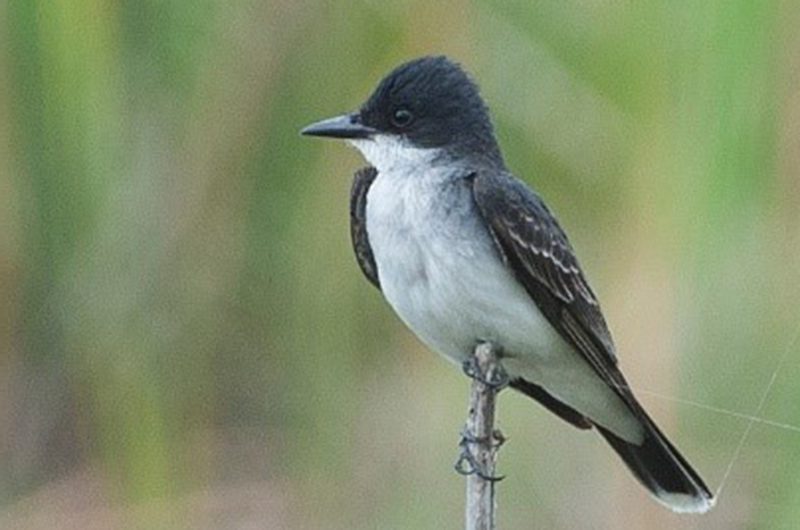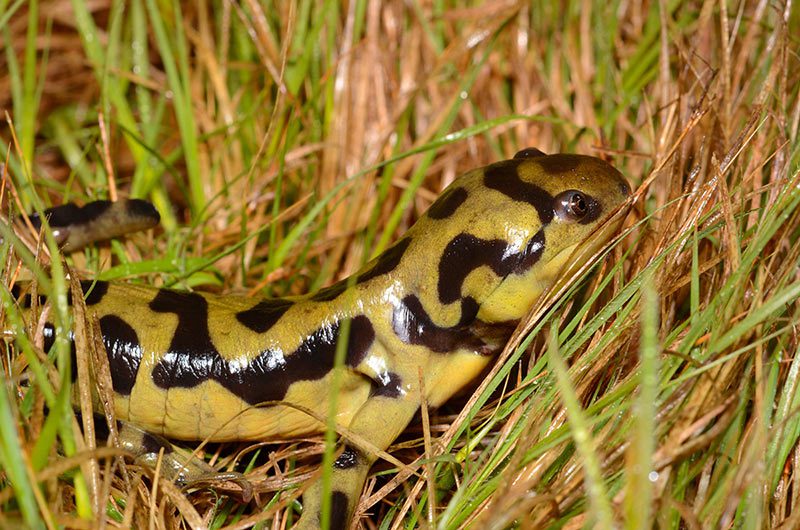LandPKS Learning
Habitat Hub
Factsheets and other helpful resources about the wildlife species living on your land (US only)
Lowland Leopard Frog
The lowland leopard frog breeds year-round. Tadpoles can take a year or more to reach adulthood.
Read moreNorthern Red-legged Frog
Northern red-legged frogs come back to the pond where they were tadpoles. Females even lay their eggs in the same location within the breeding pond each year.
Read moreCalifornia Red-legged Frog
Many historians and scientists believe that the California red-legged frog inspired Mark Twain’s short story Celebrated Jumping Frog of Calaveras County.
Read moreRusty Patched Bumble Bee
These bees are unique among other North American bumble bees in that the queen’s color pattern differs from that of the worker bees in the colony. The rusty patched bumble bee queen does not have a rusty patch.
Read moreWestern Harvest Mouse
Western harvest mice are active year-round and produce multiple litters each year. One captive female produced seven litters totally 17 young in one year.
Read morePlains Harvest Mouse
A plains harvest mouse in captivity gave birth at least four times in one year. Young mice are sexually mature at two months. Nests are composed of fine grasses compacted into small balls approximately 4 x 3 in/10 x 6 cm in bunchgrasses close to or on the ground.
Read moreEastern Harvest Mouse
Eastern harvest mice breed nearly year-round with peak in spring. They become sexually mature at 2-4 months.
Read moreFulvous Harvest Mouse
Fulvous harvest mice nests are usually built 1-3 ft/30-91 cm above the ground often in bushes. These nests can be converted bird nests or created by fulvous harvest mice. The baseball-sized nests are composed of shredded grass and forb stems with one opening.
Read moreEastern Kingbird
The eastern kingbird lives a double life each year. They eat mostly flying insects during the breeding season and aggressively defend their nest and territory from other kingbirds and much larger birds, like hawks and crows. However, during the winter, the eastern kingbird eats mostly fruit and lives in a flock of other birds.
Read moreWestern Tiger Salamander
Some tiger salamander larvae become cannibalistic and prey on their own kind for survival. Additionally, not all larvae metamorphose into tiger salamander adults. Instead, they remain aquatic over winter and become capable of producing offspring.
Read more
Mobile App | Data Portal | Knowledge Hub | Habitat Hub | Learning Collections | Blog | About | Contact | Support


